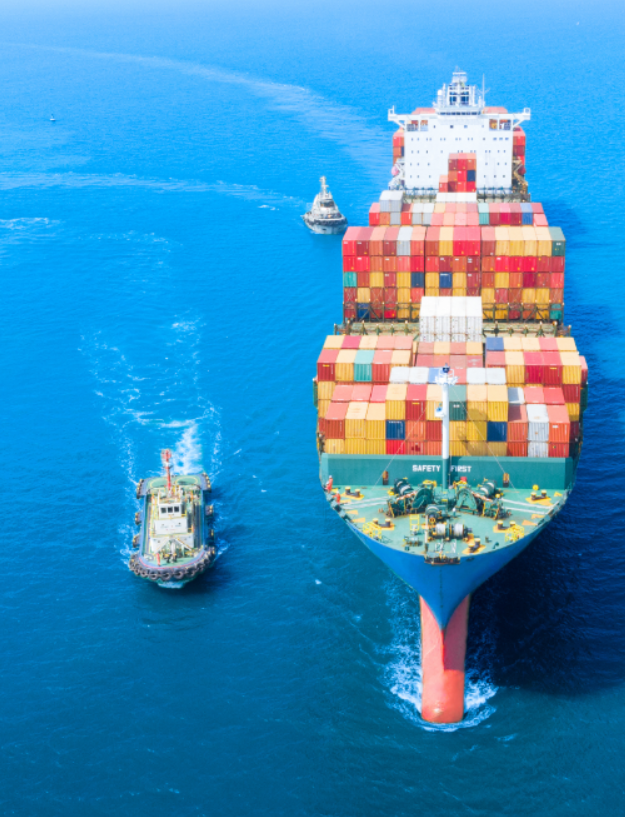- UNITS
- Unit 16 - Freedom of the Seas
- The Game of Words
- Prof. Quinn and Paul's Conversation
- Eloquence
- Latin Phrases
- Language Knots
- Test Corner
- LEARNING

♦ This introductory exercise aims to give you a feel for the sound and rhythm of the language, whilst presenting an overview of the maritime topic at hand. ♦ By reading and then listening to the accompanying audio, you’ll discover how words are pronounced and some simple sentence structures. ♦ Once you are comfortable with how the written and spoken words are connected, you’ll be ready to focus on keywords in the next exercise.
Freedom of the Seas
The Freedom of the Seas, or mare liberum, seems to us as a universal and eternal right, a natural law. However, both through our history and today, it has never been a totally clear picture. The interests of different nation states would either follow mare liberum or mare clausum, ‘closed seas’, but only as suited their interests at the time.
First we can start with a definition. Mare liberum means that all men have the freedom to use the sea, centrally for navigation, but also fishing or for trade. Modern 20th century definitions have also included the right to lay undersea cables and to fly over its surface.
The idea was first recorded by the Roman jurist Marcianus in the second century AD, who defined the seas and their fish as communis omnium naturali jure, that is common to all men through natural law. This was later codified in the Justinian Digests in 529 AD. However theory is one thing, practice is another. At its height, the Roman Empire controlled all of the Mediterranean coastline, and so that sea was in reality a large Roman lake, for free and open use, but only for Roman citizens.
As the volume of international marine trade started to increase in the early second millennium, the new European powers did not subscribe to mare liberum so closely. Venetians determined the Adriatic to be their territory, whilst the Genovese regarded the Ligurian sea as their own. Various parts of the Baltic and North Sea were claimed as effective territories by the Northern European powers. Most significantly, the Treaty of Tordesillas defined half of the Earth’s oceans as Portuguese and the other half as Spanish.
The major reversal in this effective mare clausum was in 1609, with Hugo Grotius writing a treaty chapter Mare Liberum on behalf of the United Provinces (Netherlands) and their East India Company (VOC). As covered in an earlier lesson, Grotius argued that the sea was an infinite and indivisible common property of all mankind, all in order to break the Iberian dominance of the trade routes to Asia. Yet in 1613, Grotius was sent as part of a VOC mission to England to prevent British claims to trade from the East Indies. Although yet to be identified as the author of the influential chapter, this still suggests Grotius was more aligned to the desires of his customer, the VOC, than to a strong set of legal convictions.
Grotius’s principle of mare liberum was contested by many of the other European powers, but especially by King James I through the British jurist John Selden, who argued the precedent for mare clausum, citing examples of past naval control, and for how fishing stocks could be depleted and thus were not common property. Though eventually, and again for political rather than idealistic reasons, the British accepted the principle of mare liberum, and the concept became dominant across the western world through to the mid-twentieth century.
